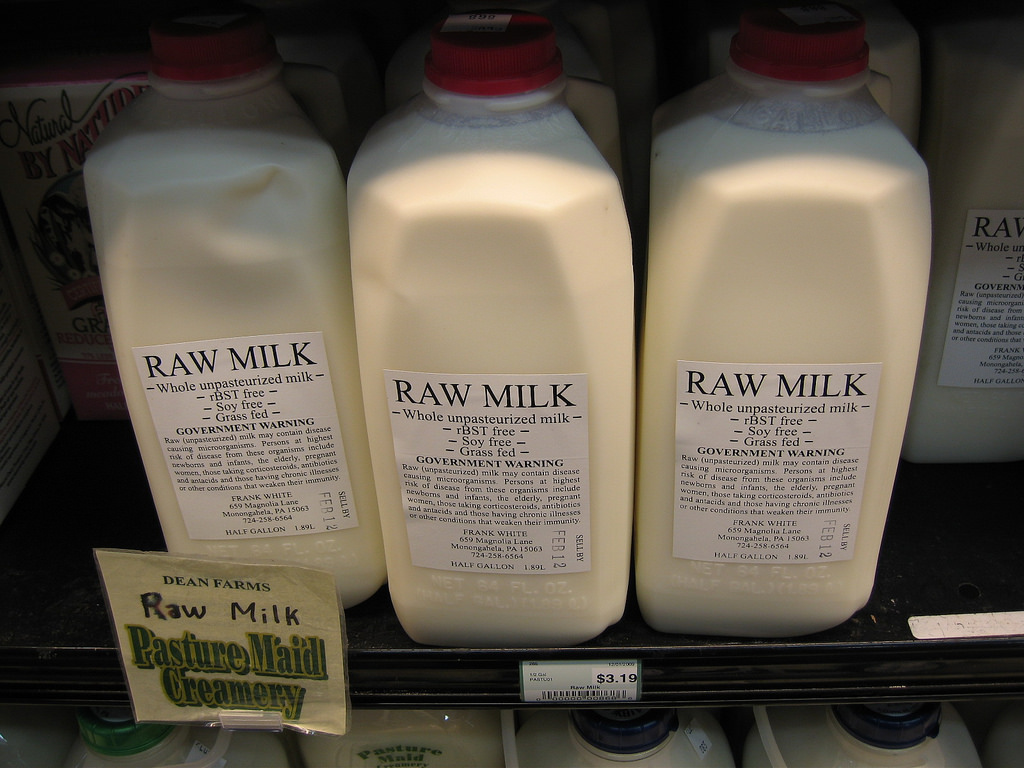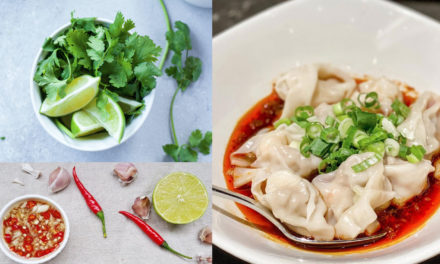Alex Dalland
While organic and raw foods are becoming more popular, they also come with risks – according to the message of Australian Food Safety Week.
Now in its 20th year, Australian Food Safety Week highlights the many risks that can cause outbreaks of food poisoning, which can affect upwards of four million Australians annually, as well as being estimated to cause over 80 deaths a year.
Food Safety Information Council Chair Rachelle Williams says that the theme this year of ‘raw and risky foods’ draws attention to the hazards associated with some popular dishes prepared with raw food.
“Australian Food Safety Week is the major activity of the Food Safety Information Council and plays a vital role in reducing the cases of food poisoning in Australia.
“This year we will be celebrating the 20th Australian Food Safety Week by issuing the latest research and advice on how to avoid food poisoning from risky raw foods,” Williams said in a recent statement.
Risky and raw foods includes foods such as raw egg, raw mince and unpasteurised milk which all place consumers at greater risk of food poisoning.
“Raw foods can get contaminated with bacteria and viruses in many ways. These include from food handlers’ unwashed hands, from the soil, compost or dirty irrigation water used to grow the food, from food producing animals, from dirty kitchen equipment and by contact with other contaminated food,” A spokesperson from the Food Safety Information Council says.
“Cooking the food usually kills any bacteria or viruses so there is more of a food poisoning risk from eating some raw foods.”
Some simple tips for reducing your risk of food poisoning when handling ‘risky’ food includes;
- Not using cracked eggs for any raw egg dishes.
- Always cook mince and roasts until the food temperature reaches over 75 degrees celsius.
- Don’t drink unpasteurised milk, or consume foods made with unpasteurised milk.
- Don’t let meat juices contaminate other food items which won’t be cooked – such as salads.
For more information, visit http://foodsafety.asn.au/ .












